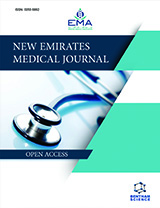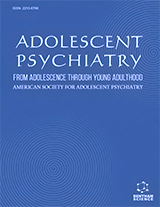Abstract
Translation of the full-length messenger RNA of human immunodeficiency virus of type 1 (HIV-1) uses a programmed -1 ribosomal frameshift to generate the polyprotein Gag-Pol, the precursor of the viral enzymes. This recoding event occurs at a slippery sequence followed by an irregular hairpin, the frameshift stimulatory signal, which controls the efficiency of frameshifting. In this chapter, we review the characteristics of the mechanism accounting for HIV-1 frameshifting and we examine the different approaches investigated to develop novel anti-HIV-1 drugs interfering with the frameshift, including the high-throughput screening of libraries of chemical compounds with a bicistronic reporter whose second cistron is expressed via HIV-1 frameshift, the use of antisense oligonucleotides binding to the frameshift stimulatory signal, and the selection and modification of chemical compounds that bind to the frameshift stimulatory signal. This latter approach is the most promising and we present results based on the modification of a compound selected by screening of a resin-bound dynamic combinatorial library. This lead compound specifically bound to HIV-1 frameshift stimulatory signal, increased HIV-1 frameshift efficiency and decreased HIV-1 infectivity.
Keywords: Antiretroviral drugs, combinatorial library, HIV-1, programmed -1 ribosomal frameshift.






















